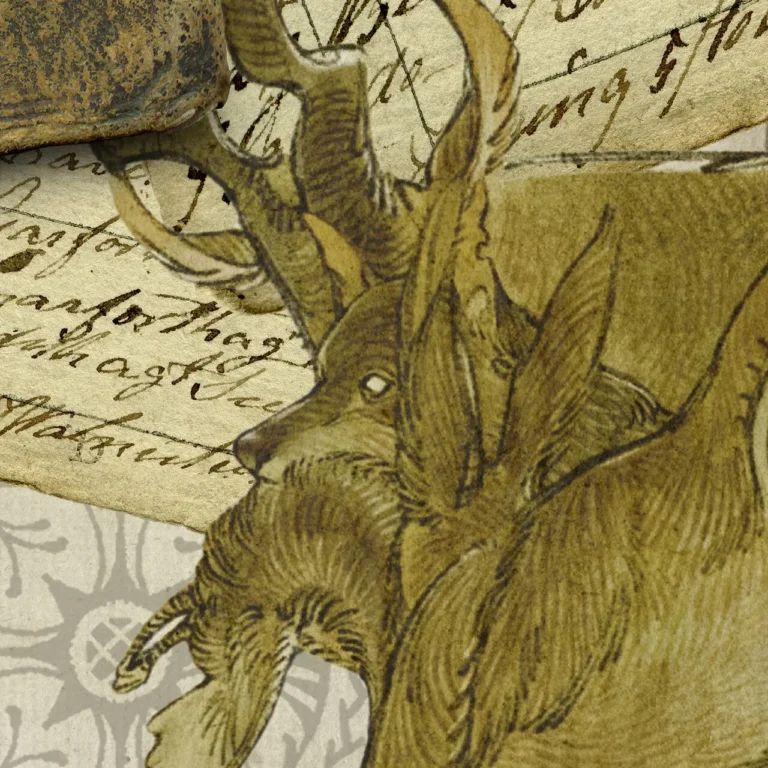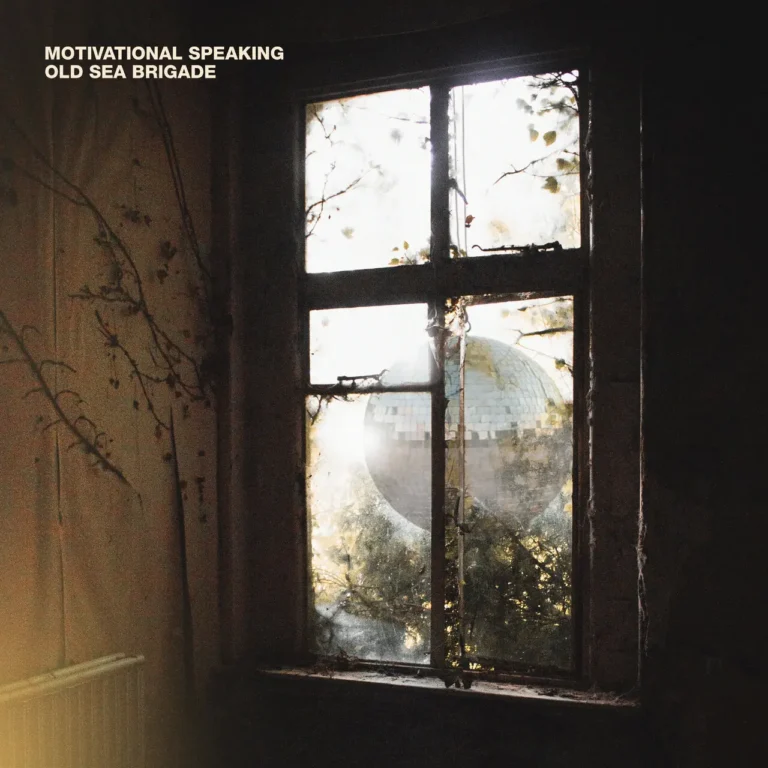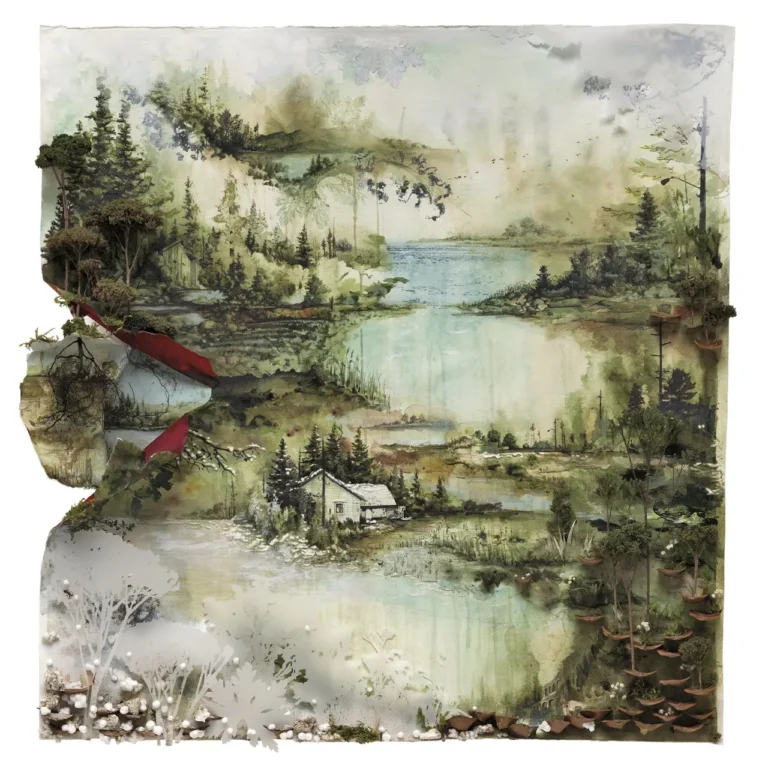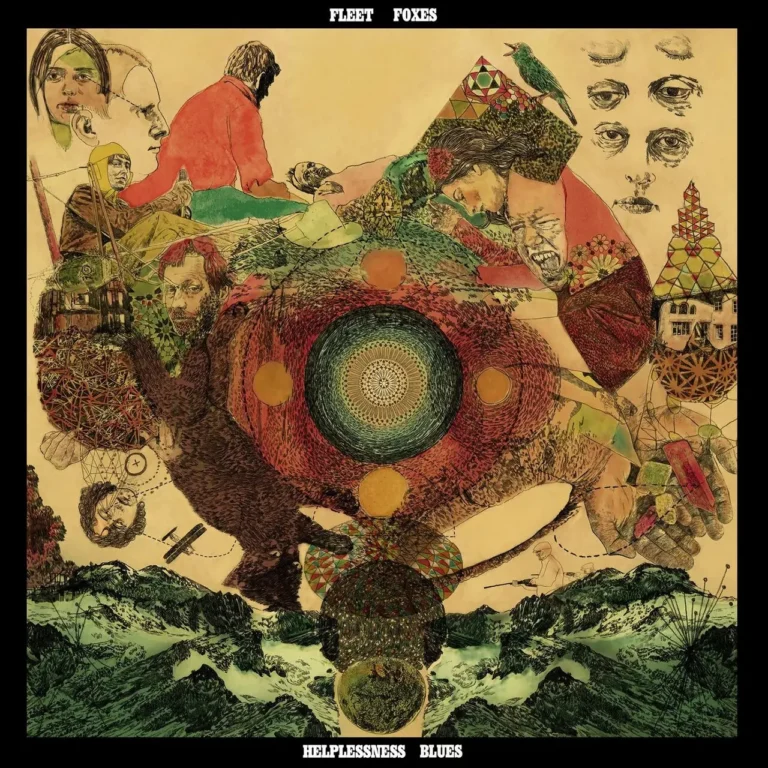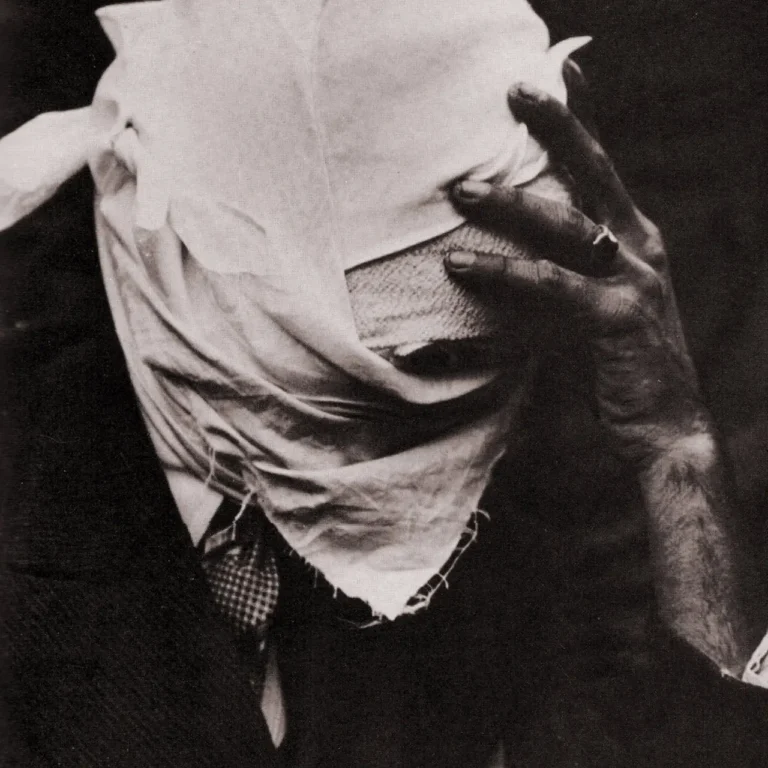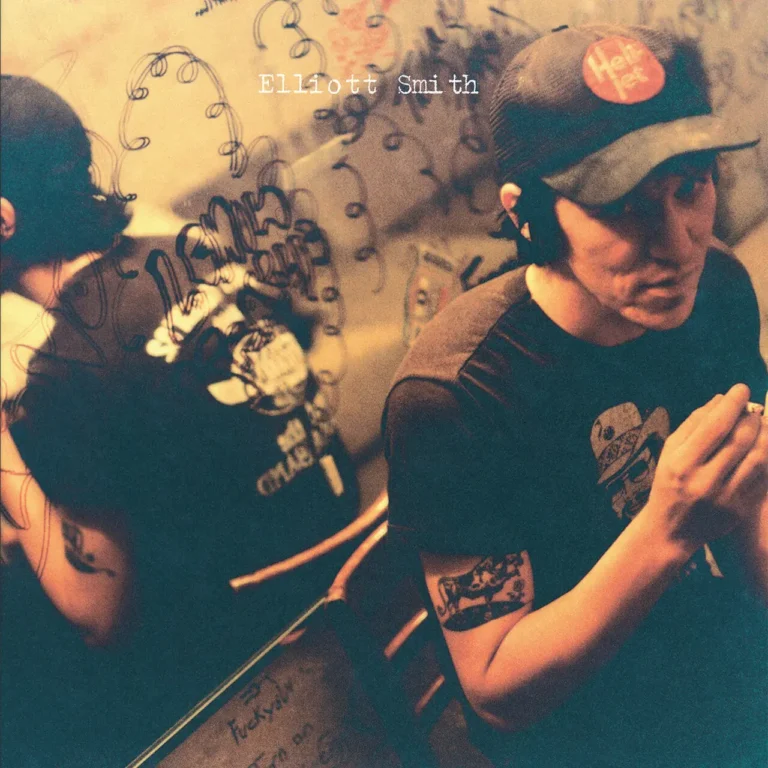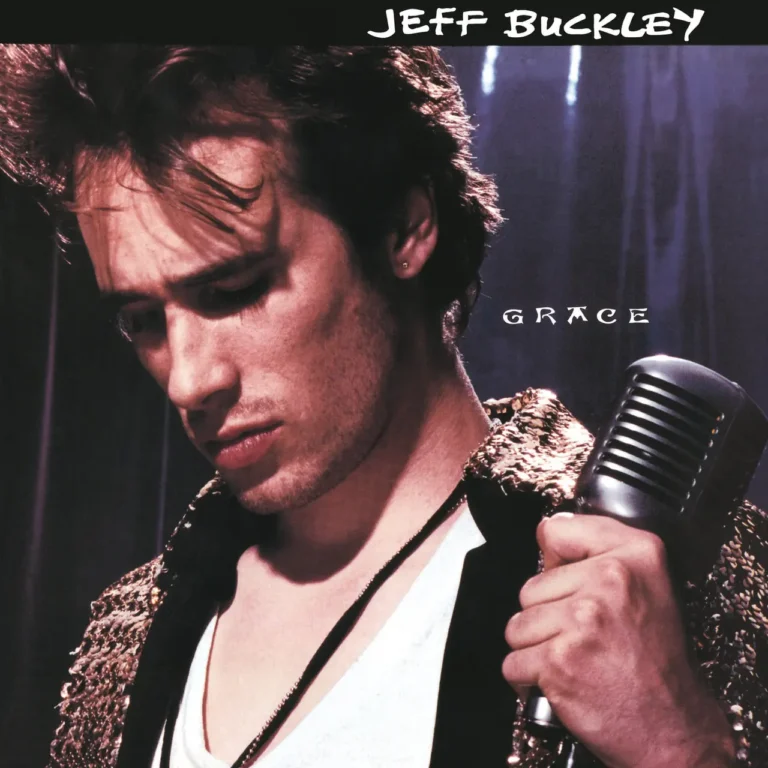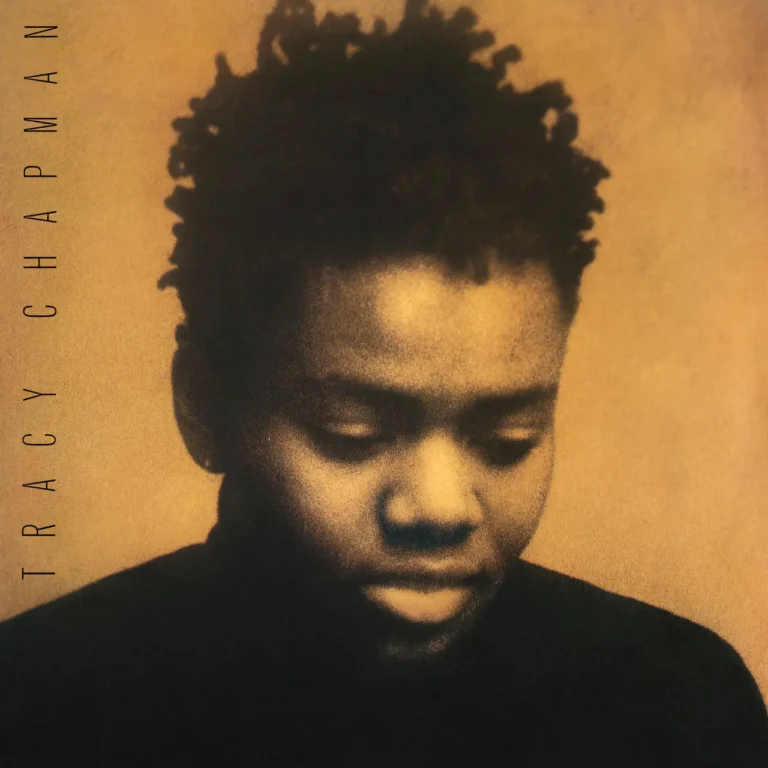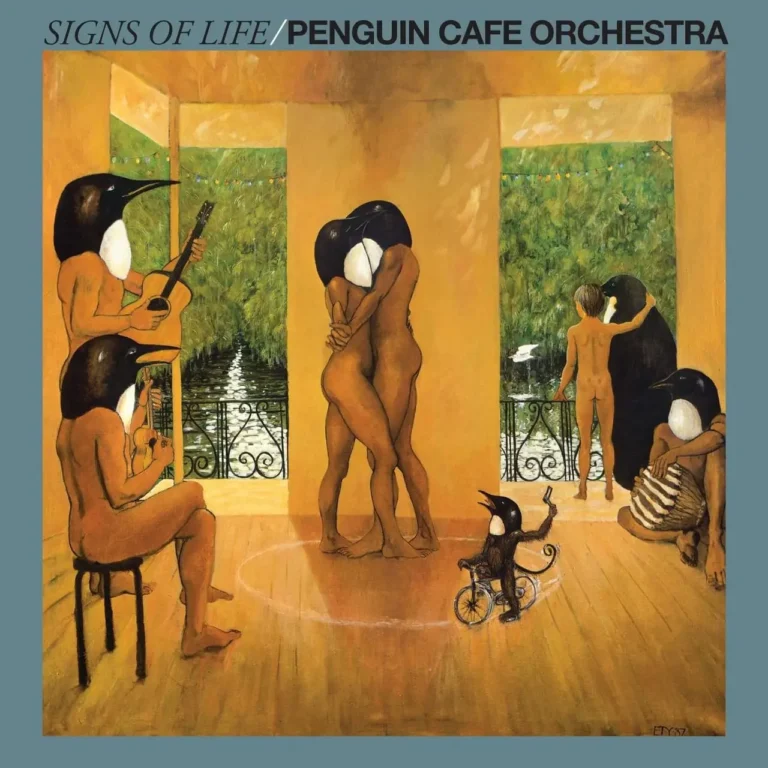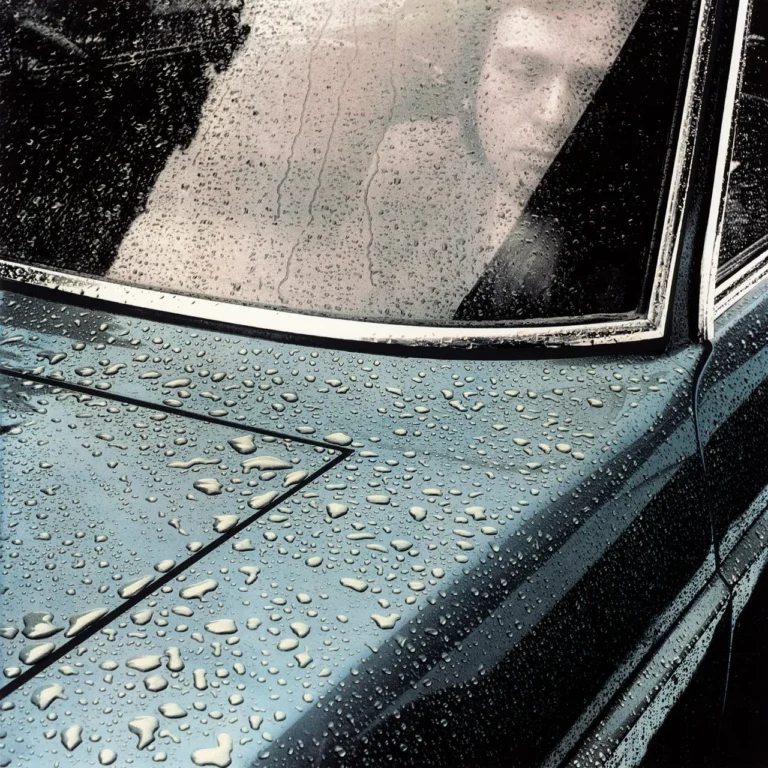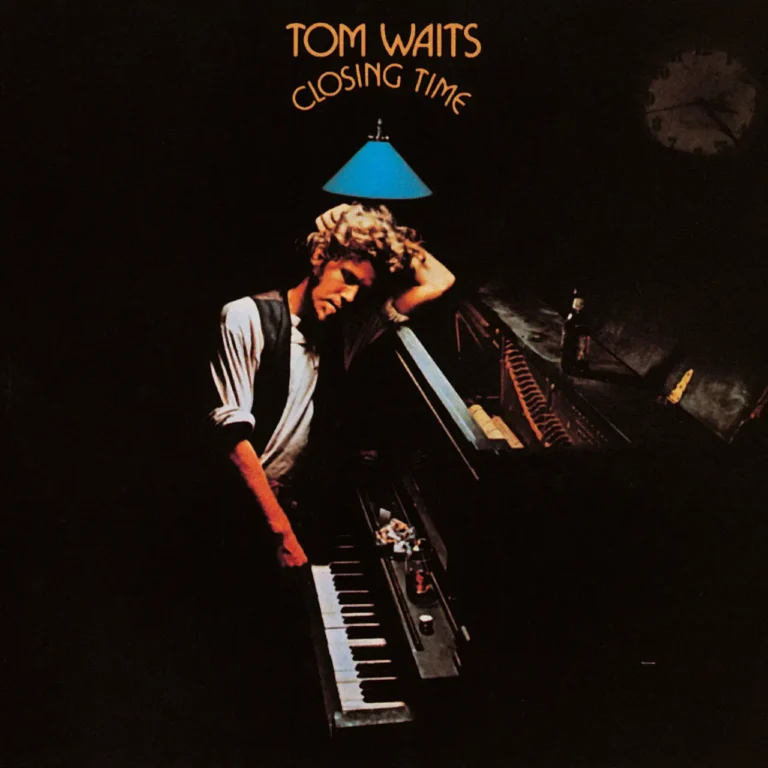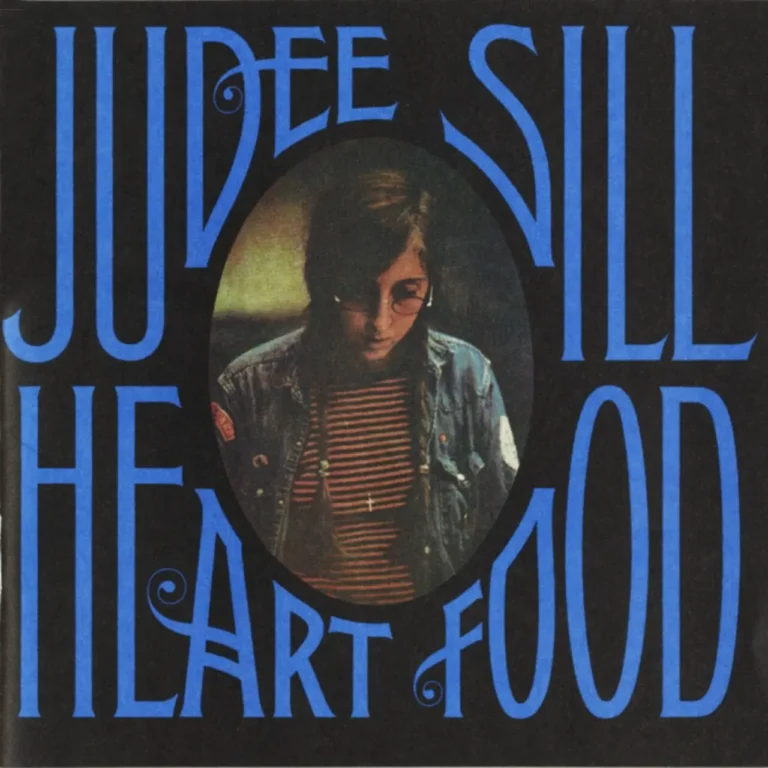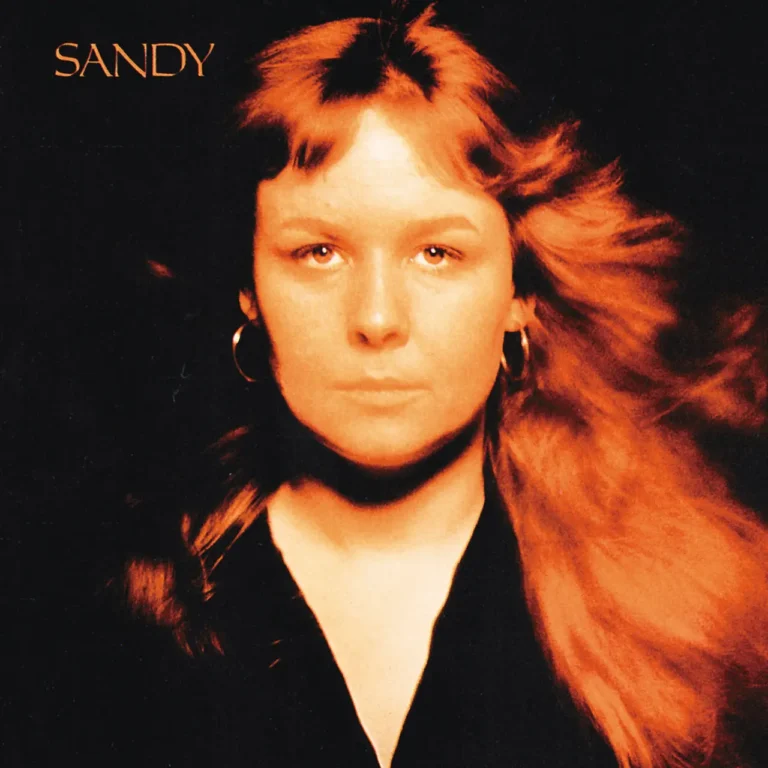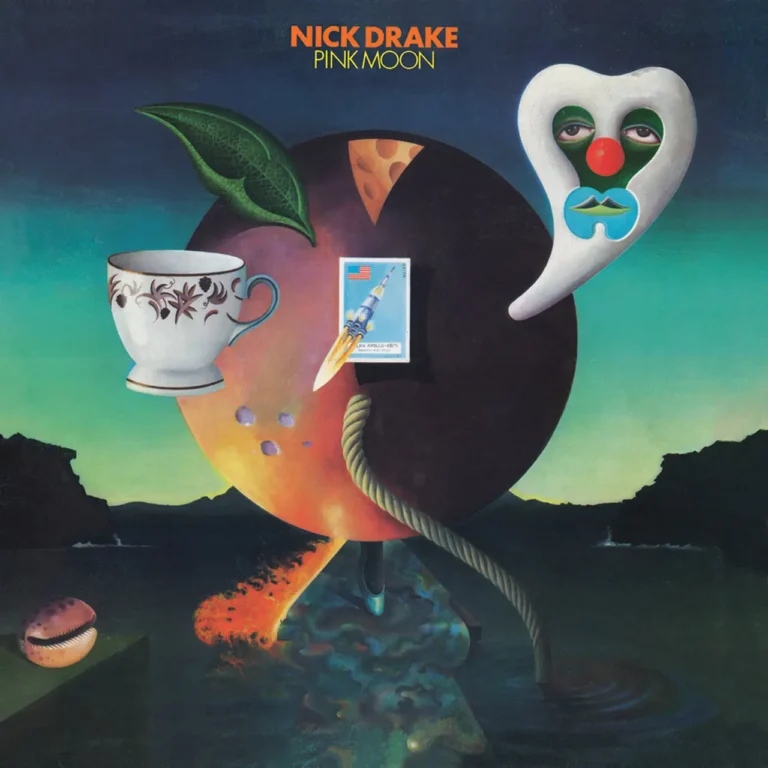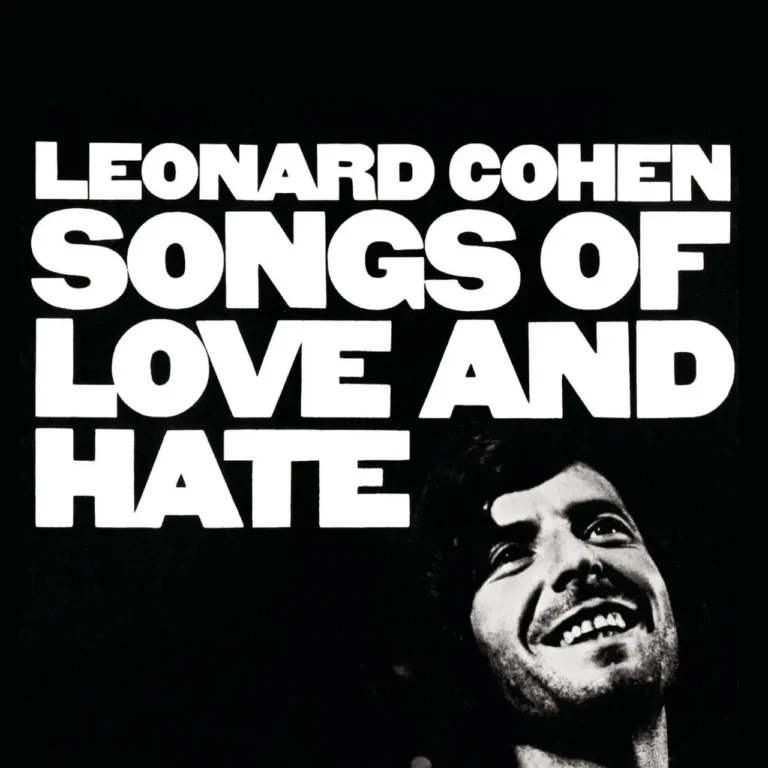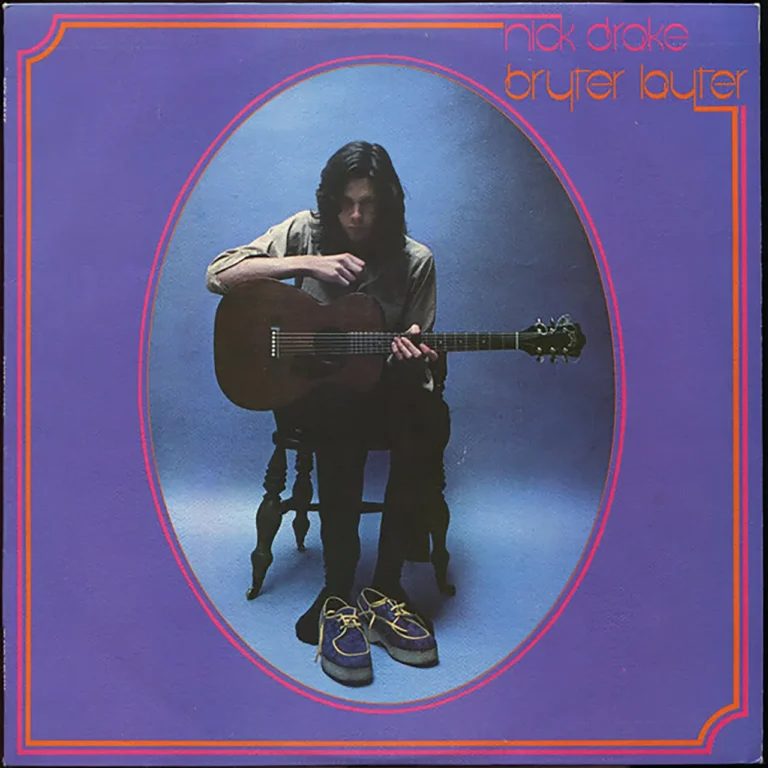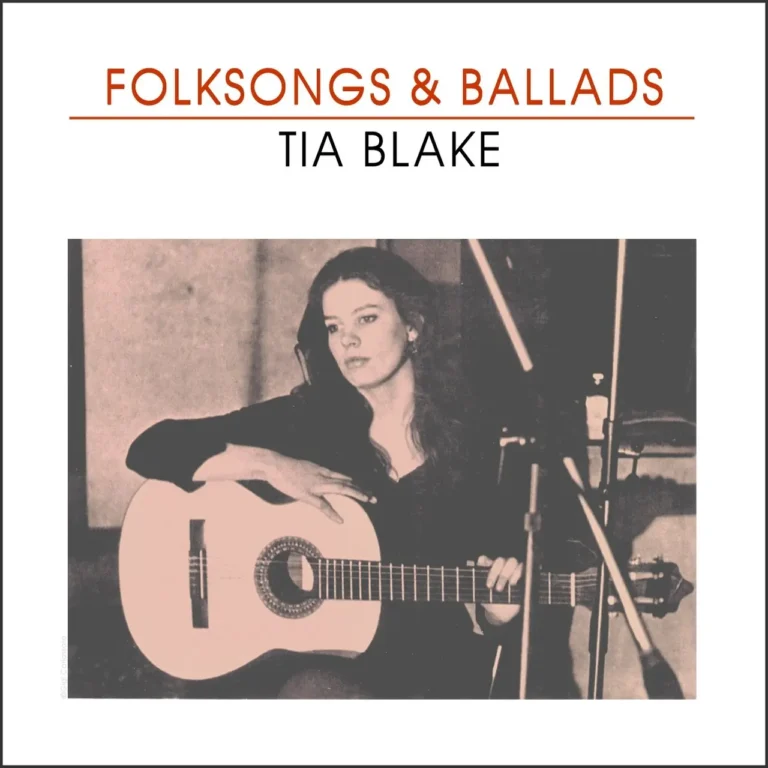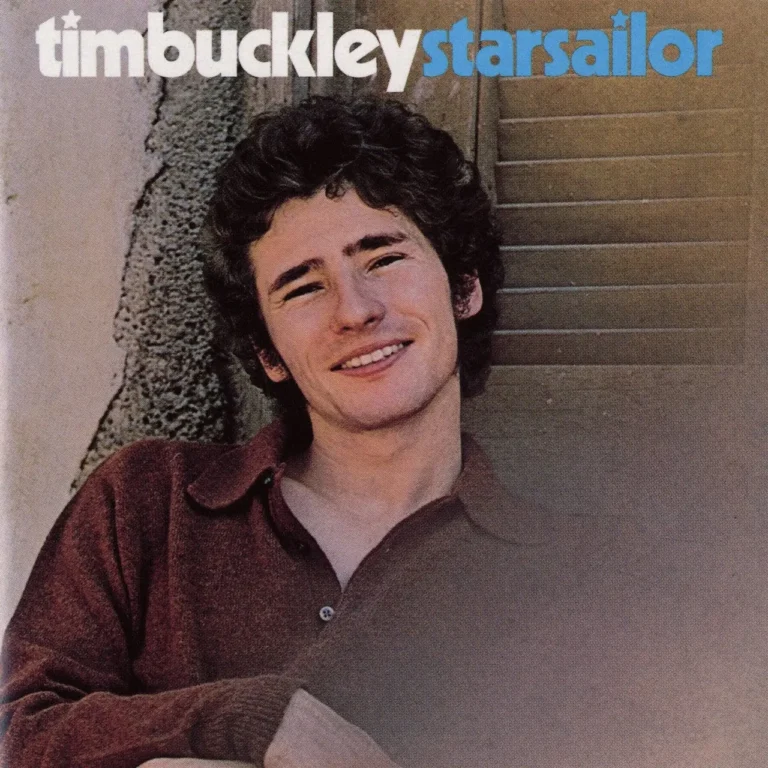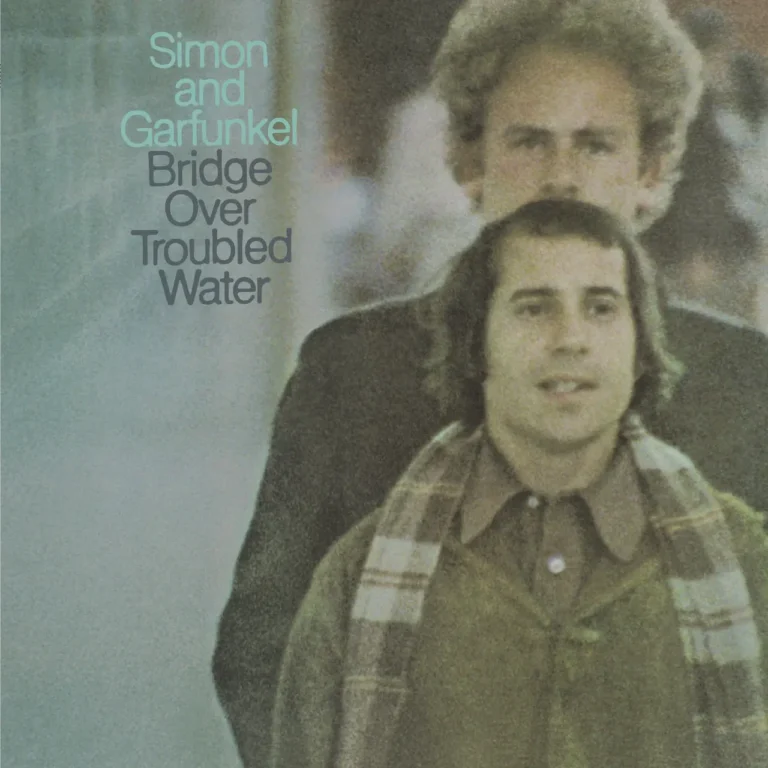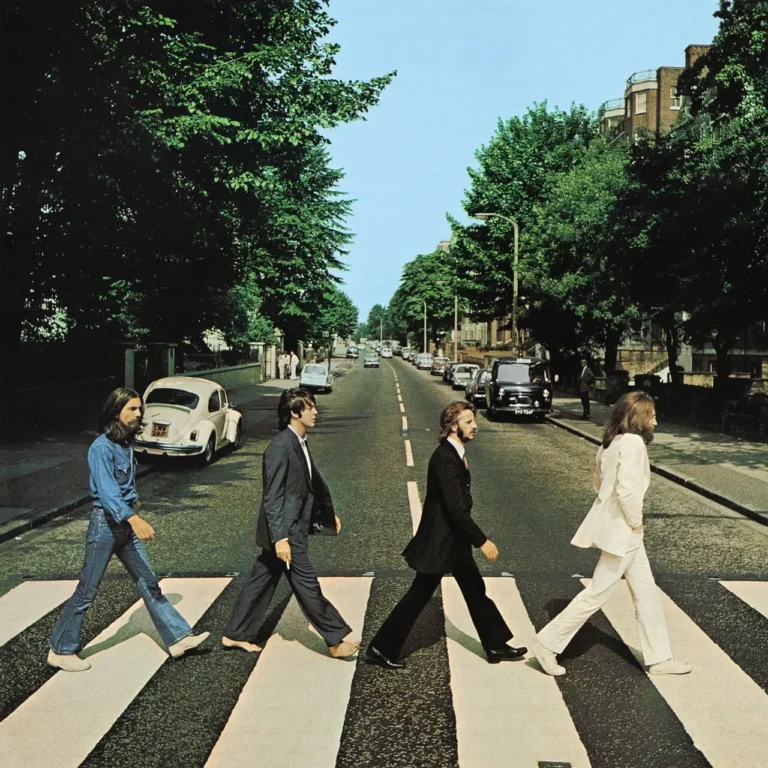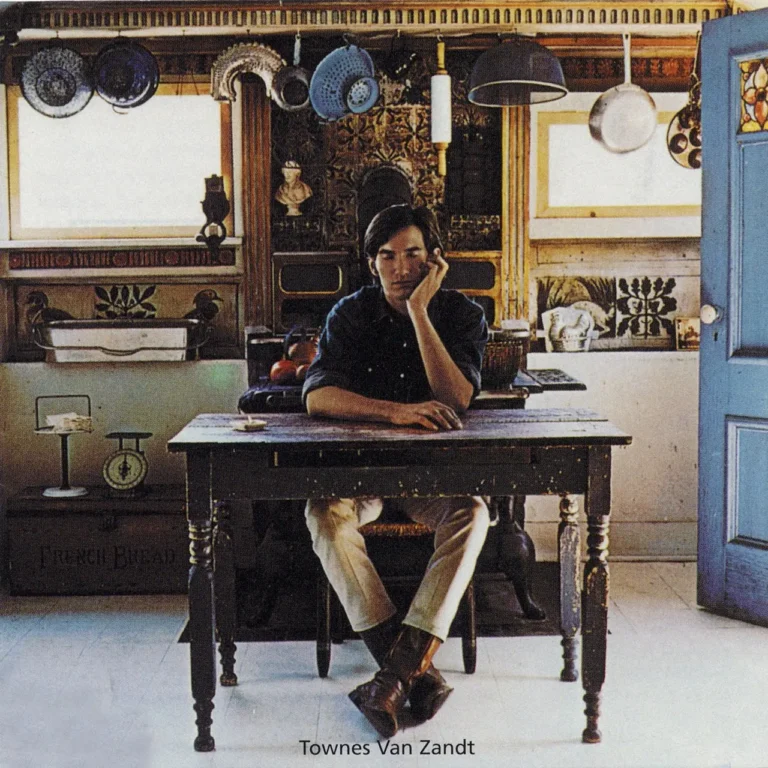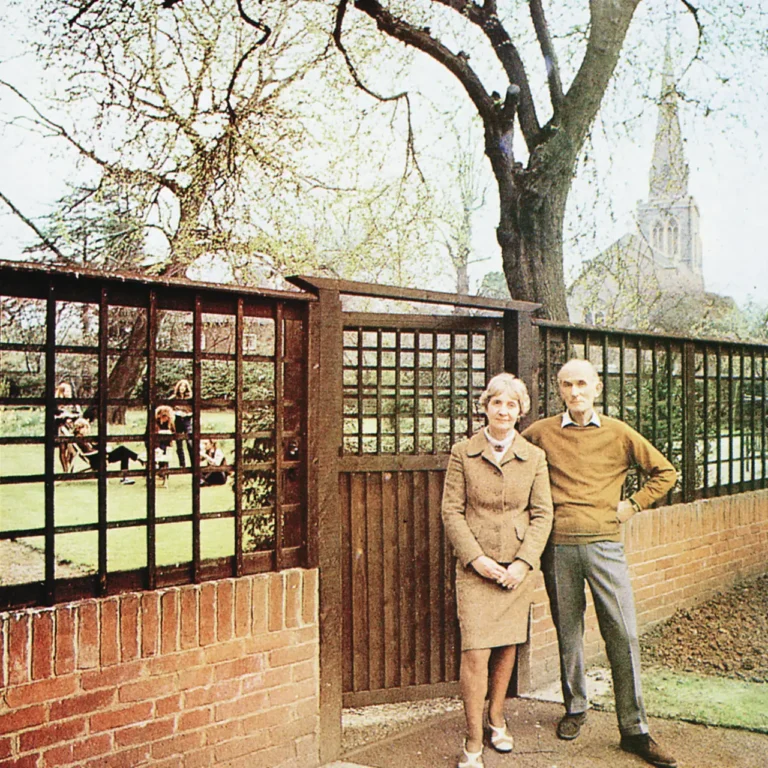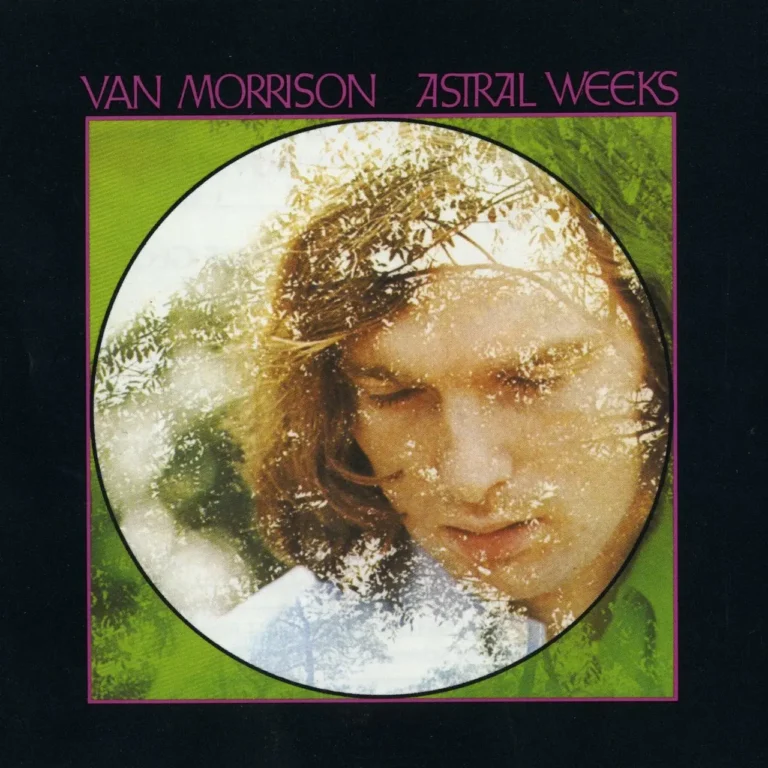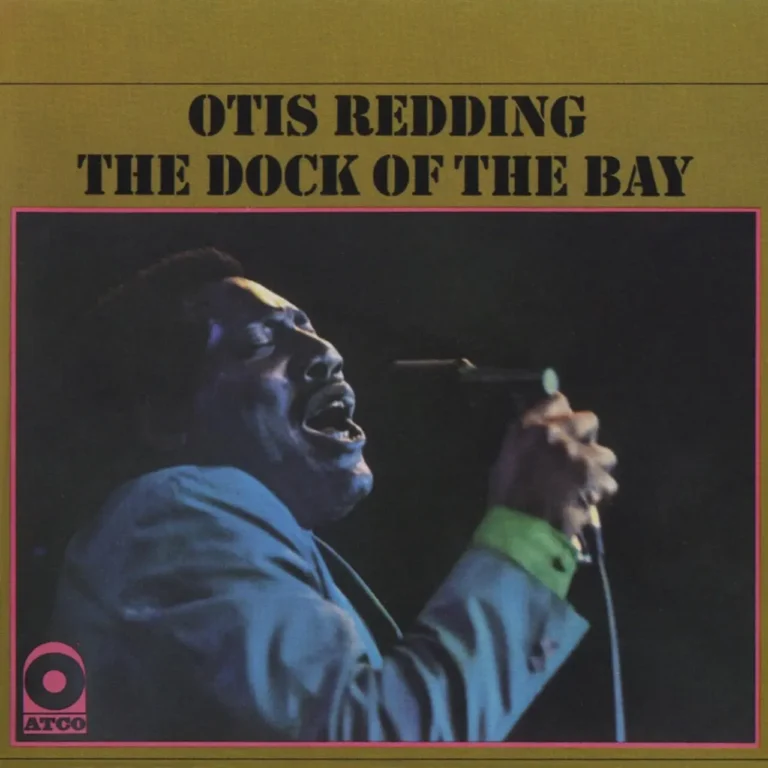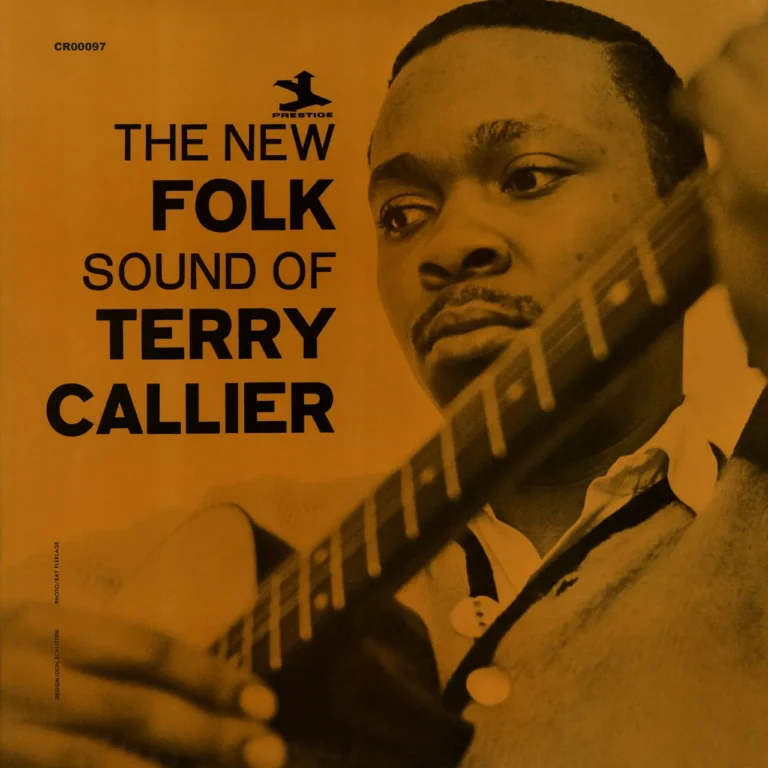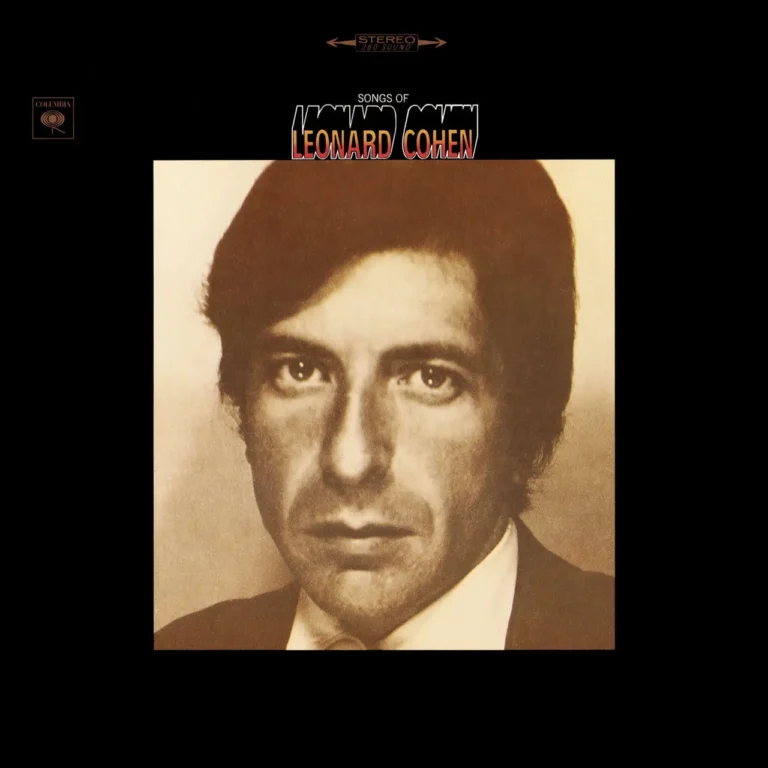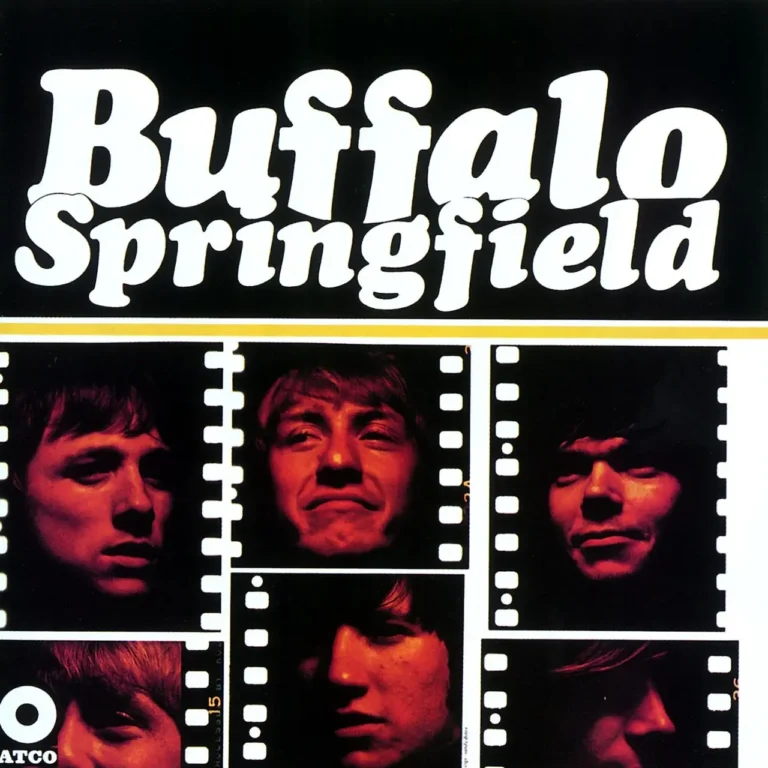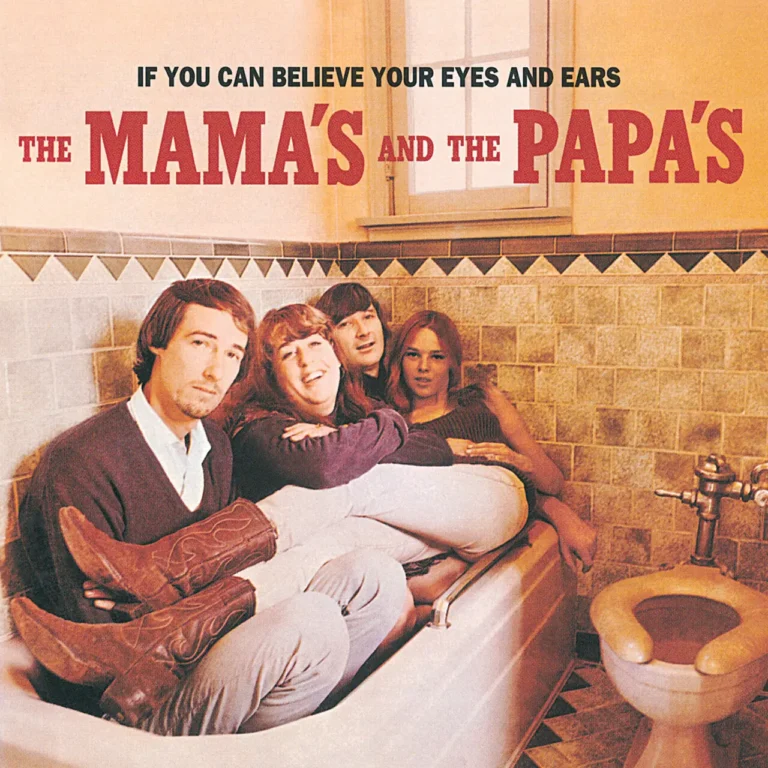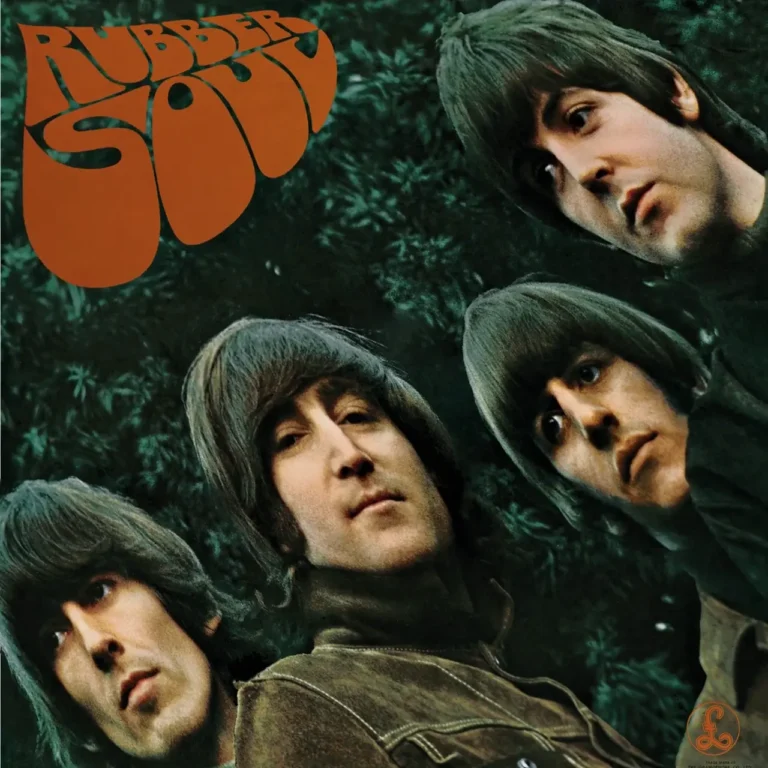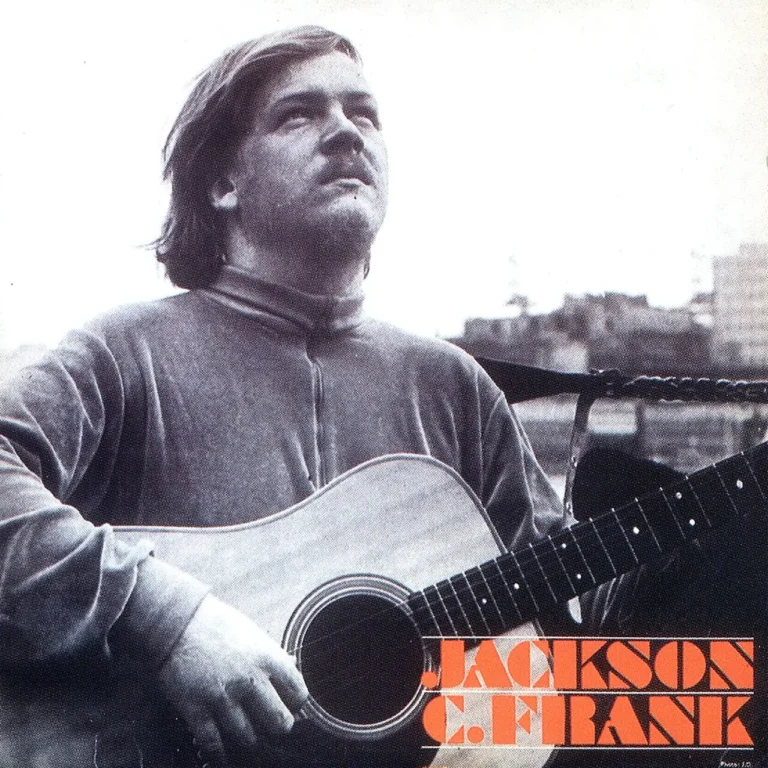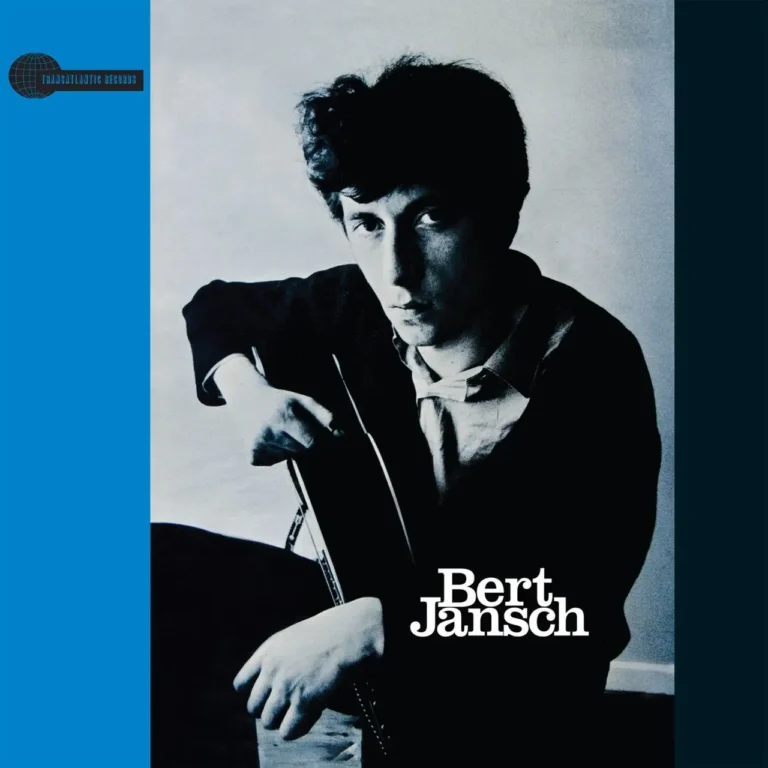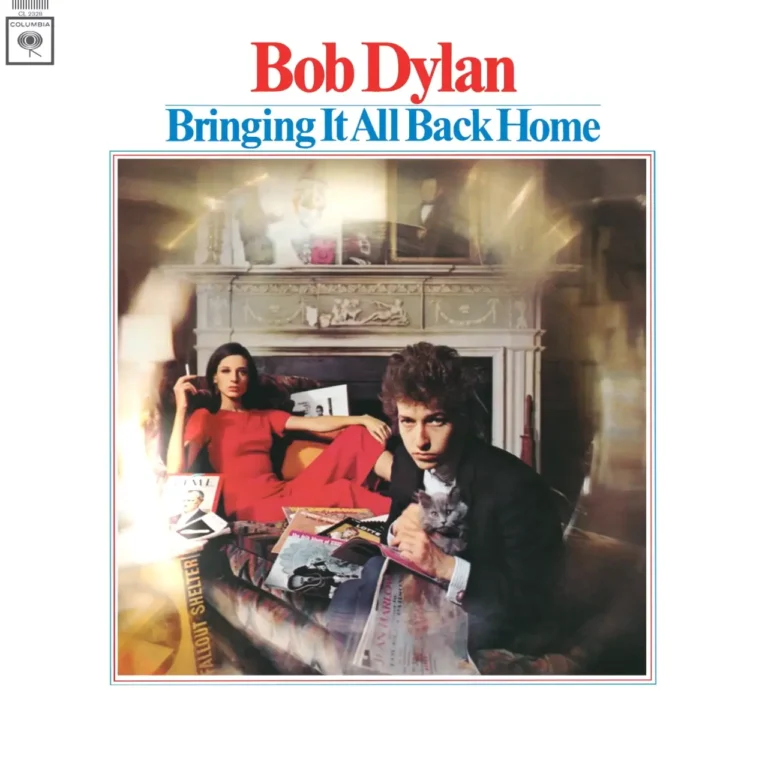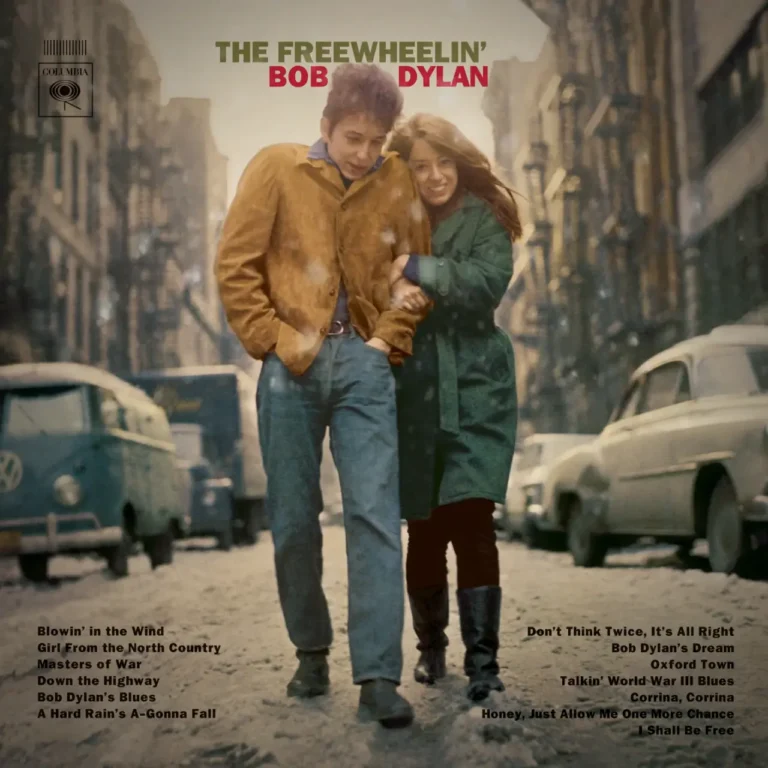"River Man" is a haunting, enigmatic song from Nick Drake’s 1969 debut album Five Leaves Left. Noted for its melancholic beauty, the track encapsulates Drake’s introspective songwriting and musical innovation. Nick Drake himself considered "River Man" the centerpiece of his first album, and over the years it has been celebrated as one of his finest, most mysterious works12.
Musical Style & Structure
- Rhythmic Complexity: The song is written in an unusual 5/4 time signature, which lends it a hypnotic, flowing feeling that reflects the river motif. It's also one of the rare Drake compositions played in standard tuning132.
- Instrumentation: Built around Drake's gentle fingerpicked acoustic guitar, the track features a lush string arrangement composed by Harry Robinson (rather than Drake’s usual collaborator Robert Kirby). Robinson aimed to create strings that evoked the work of composer Frederick Delius, resulting in rich harmonies that ebb and flow like a river12.
- Atmosphere: The song’s atmosphere is both tranquil and unsettled—its gentle pulse and shimmering orchestration contrasting with the underlying tension in the music and lyrics.
Lyrical Themes & Imagery
"River Man" is imbued with ambiguity and poetic symbolism, making its meaning open to interpretation. Its lyrics introduce two primary characters: a woman named Betty and the enigmatic River Man.
Major themes include:
- The River as Metaphor: The river often represents the passage of time, the flow of life, and the inevitability of change. The River Man himself can be seen as a guide, a confidant, or a silent witness to human suffering, perhaps embodying wisdom, nature, or existential resignation567.
- Search for Meaning & Freedom: The narrator discusses "the ban on feeling free," suggesting a longing for liberation from unseen constraints—personal, social, or existential. The river man is someone the narrator turns to, seeking knowledge or solace, but ultimately recognizing that the wisdom he seeks "isn't meant for me"567.
- Impermanence & Acceptance: The recurring line “Oh, how they come and go” elegizes the fleeting nature of experiences, relationships, and even pain—inviting a meditative acceptance of impermanence562.
- Ambiguity & Mystery: The identity of both "Betty" and the "River Man" remains deliberately unclear. Scholars have suggested Betty might reference a character from William Wordsworth’s poem "The Idiot Boy," but this remains speculation, emphasizing the lyrics' dreamlike quality and emotional resonance over concrete narrative12.
Notable Lyrics
"Going to see the river man
Going to tell him all I can
About the ban
On feeling free...""Oh, how they come and go
Oh, how they come and go."
These lines encapsulate the song’s meditative mood—gentle, searching, and laced with unresolved longing65.
Context & Reception
- Influence & Innovation: While Nick Drake was influenced by folk, modal jazz, and English classical composers, his work—particularly "River Man"—defies easy categorization. The combination of unconventional meter, haunting melodies, and evocative lyrics marks "River Man" as a technical and emotional triumph23.
- Critical Praise: The song is often singled out as the supreme example of Drake’s genius—a mood piece that moves listeners through its ineffable blend of beauty and melancholy82.
- Legacy: Over half a century after its release, "River Man" remains a touchstone for musicians and fans drawn to Drake’s introspective artistry and the song's profound sense of mystery and emotional depth679.
Summary Table
| Aspect | Details |
|---|---|
| Album | Five Leaves Left (1969) |
| Time Signature | 5/4 (rare in folk music) |
| Arrangement | Acoustic guitar, orchestral strings (arranged by Harry Robinson) |
| Key Themes | Nature, impermanence, longing, the search for wisdom, ambivalence, the flow of life |
| Notable Lyric | “Oh, how they come and go” |
| Reception | Often viewed as Nick Drake’s masterpiece; celebrated for musical and emotional complexity |
"River Man" endures as a mood-driven masterpiece—one that immerses listeners in its melodic currents and leaves them transfixed by its depths and ambiguities216.

